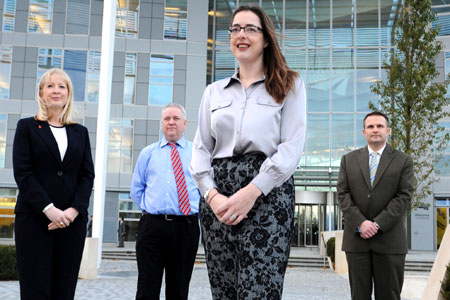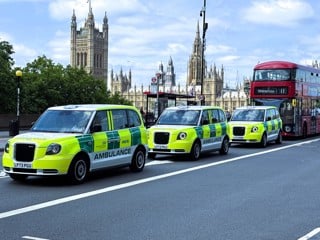“They do everything that interacts with the vehicle during its life, including service, maintenance and repair and accident management,” explains Osborn.
“We manage the start and end process in house and with the move to outright purchase, that’s a substantial supply chain.
"We outsource for expertise and the nationwide network of garages. We have complex vehicles operating 24/7 and we need 24/7 expert support.”
The move to outright purchase will wash through the fleet by the end of 2013, although the replacement cycle has been compressed by replacing a large tranche of vehicles every six months over the first two years.
Budgeted replacement is four years/80,000 miles for cars and five years/100,000 for commercial vehicles.
However, outright purchase offers flexibility to increase or reduce operating cycles depending on the market strength of residual values.
“Our replacement cycle is just a guideline. We can move vehicles on early if the market is strong or retain them if the market softens,” says Osborn.
“We won’t know the full extent of our savings until we dispose of vehicles, but we have set conservative residual value predictions for the business case.”
The business will continue to monitor funding options on an annual basis and doesn’t rule out a partial or total return to contract hire if the terms become more preferential.
“It is very important that we regularly check we are delivering value for the taxpayer,” Osborn adds.
The other key pillar of Network Rail’s fleet strategy is safety: it’s the overriding culture coursing throughout the entire business, evidenced by a supplier safety leadership group that not only looks inwards but also shares best practice with and across all of NDS’s suppliers.
The new business structure has resulted in a more joined-up safety agenda between rail and road. And that agenda emphasises accident prevention, not just cure.
Speed limiters have been installed across the fleet, including business-use only cars. Initially the limit was set at 60mph for everything under 3.5-tonnes but after feedback from drivers and a re-evaluation, it was upped to 70mph which has been more readily accepted.
They are complemented by stickers in the cab reminding drivers about speed limits on the road.
“It’s about looking at the possible risk areas and pro-actively reacting to that,” says Osborn. “We have limited our exposure to high speed accidents which was our goal.”



















Login to comment
Comments
No comments have been made yet.